Introduction
In the culinary realm, preservation techniques have been pivotal in extending the shelf life of various foods, allowing them to be enjoyed beyond their natural harvest seasons. Among these techniques, pickling stands out as a method that not only preserves but also enhances the flavor and texture of many ingredients. One such ingredient that benefits greatly from pickling is the Buddha’s Hand, a unique citrus fruit known for its intricate, finger-like appearance and delicate aroma. This article delves into the intricacies of pickling Buddha’s Hand, exploring how long it can be stored while retaining its distinctive qualities and offering practical tips for successful preservation.
Understanding Buddha’s Hand Citrus
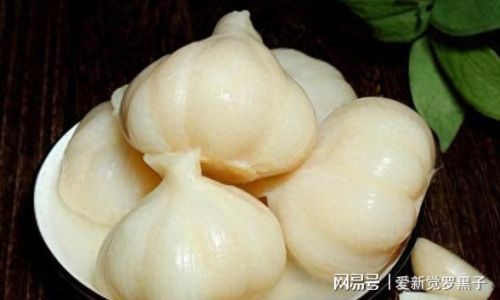
Before diving into the pickling process, it’s essential to understand what Buddha’s Hand (Citrus medica var. sarcodactylis) is. Native to China and Southeast Asia, this fruit is part of the rutaceae family, which includes other citrus species like oranges, lemons, and limes. Unlike its round, juicy counterparts, Buddha’s Hand is characterized by its elongated, segmented fingers that resemble the hand of the Buddhist deity after whom it is named. Each finger is filled with a minimal amount of pulp and juice, making it less conventional as a direct eating fruit but highly valued for its aromatic zest and unique flavor profile.
Buddha’s Hand is primarily used in cooking for its fragrance, often added to teas, desserts, and savory dishes to impart a subtle citrusy aroma. Its peel, rich in essential oils, is particularly prized for making candies, oils, and perfumes. Given its delicate nature and seasonal availability, preserving Buddha’s Hand through pickling becomes a valuable practice, allowing chefs and home cooks to enjoy its essence throughout the year.
The Art of Pickling
Pickling is a preservation method that involves submerging food in an acidic solution, typically vinegar or a combination of vinegar and other ingredients like sugar, salt, spices, and herbs. This acidic environment creates an unfavorable condition for bacteria and other microorganisms, thereby slowing down decomposition and extending the food’s shelf life. Pickling also adds layers of flavor, transforming plain ingredients into tangy, savory, or sweet delights.
When it comes to pickling Buddha’s Hand, the process generally involves the following steps:
-
Preparation of the Fruit: Start by thoroughly washing the Buddha’s Hand to remove any dirt or pesticides. Depending on the recipe, you may need to peel the fruit, slice it into manageable pieces, or use the whole fingers intact. Some recipes call for removing the pith (the white, bitter part inside the segments) to enhance the final taste.
-
Brining (Optional): Some pickling methods recommend brining the fruit in a saltwater solution before pickling. This step helps draw out excess moisture and firm up the texture, making the final pickled product more crisp.
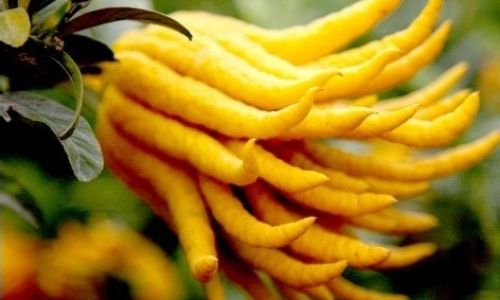
-
Preparing the Pickling Liquid: The pickling liquid, or brine, is the heart of the preservation process. It typically consists of vinegar (white, apple cider, rice, or a blend), sugar or salt for balance, and sometimes spices and herbs for added flavor. The ratio of these ingredients can vary widely depending on personal preference and the desired outcome. For Buddha’s Hand, a lightly sweetened vinegar brine often complements its delicate aroma best.
-
Packaging and Storage: Once the fruit and brine are ready, pack the Buddha’s Hand pieces into clean, sterile jars. Pour the brine over the fruit, ensuring all pieces are fully submerged. Seal the jars tightly and process them according to your preferred method—either through water bath canning for long-term storage or simply refrigerating for shorter periods.
How Long Can Pickled Buddha’s Hand Be Stored?
The shelf life of pickled Buddha’s Hand depends on several factors, including the pickling method used, the storage conditions, and the specific recipe. Here’s a breakdown of these factors and their impact on storage duration:
-
Pickling Method:
- Refrigerated Pickles: If you opt for a quick pickling method and store the jars in the refrigerator, pickled Buddha’s Hand can last for several months, typically between 3 and 6 months. Refrigeration slows down bacterial growth and preserves the vibrant colors and flavors of the fruit.
- Canned Pickles: For long-term storage, water bath canning is recommended. Properly canned pickled Buddha’s Hand can be stored at room temperature in a cool, dark place for up to a year. Ensure that the jars are sealed properly and show no signs of leakage or bulging before storing.
-
Storage Conditions:
- Temperature: Temperature plays a crucial role in the preservation of pickled foods. Higher temperatures accelerate chemical reactions and bacterial growth, reducing shelf life. Always store pickled Buddha’s Hand in a cool environment—preferably below 40°F (4°C) for refrigerated storage.
- Humidity and Light: Excessive humidity and direct sunlight can degrade the quality of pickled foods by promoting mold growth and fading colors. Store jars in a dry, dark place to maintain optimal conditions.
-
Recipe Variations:
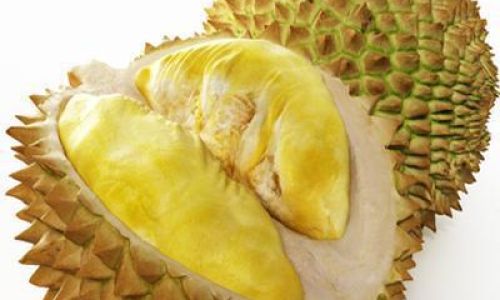
- Acidity Level: The acidity of the pickling brine directly affects its preservative properties. Higher acidity levels (typically achieved with more vinegar) provide better protection against bacteria. However, too much acidity can overpower the delicate flavor of Buddha’s Hand. Finding the right balance is key.
- Sugar and Salt Content: Sugar and salt also contribute to the preservation process by creating an osmotic environment that draws out moisture from the fruit and inhibits microbial growth. However, high sugar or salt levels can alter the taste profile, so adjust according to your preference.
Signs of Spoilage
Knowing when pickled Buddha’s Hand has spoiled is crucial for food safety. Here are some signs to look out for:
- Change in Color: Discoloration, especially darkening or mold growth, indicates that the pickled fruit is no longer safe to eat.
- Off Odors: A strong, unpleasant smell is a clear indication of spoilage. Pickled Buddha’s Hand should retain its characteristic citrusy aroma with added notes from the pickling spices.
- Bubbles or Cloudiness: Bubbles forming inside the jar or a cloudy appearance can signify bacterial activity. While some cloudiness is normal due to the natural sugars and acids in the fruit, excessive cloudiness or bubbling is a red flag.
- Texture Changes: Softening or sliminess of the fruit pieces is another sign of spoilage. Properly pickled Buddha’s Hand should maintain a firm, crisp texture.
Conclusion
Pickling Buddha’s Hand is a delightful way to preserve this unique citrus fruit, allowing its delicate aroma and flavor to be enjoyed year-round. By carefully selecting the pickling method, adjusting the brine recipe to taste, and storing the jars under optimal conditions, you can extend the shelf life of pickled Buddha’s Hand while preserving its distinctive qualities. Whether you opt for refrigerated storage for quick enjoyment or canned preservation for long-term keeping, understanding the factors that influence shelf life will help ensure your pickled Buddha’s Hand remains a delightful addition to your culinary repertoire.
Remember, always prioritize food safety by inspecting your pickled Buddha’s Hand regularly for signs of spoilage and discarding any jars that show indications of deterioration. With proper care and attention, you can enjoy the subtle, aromatic charm of pickled Buddha’s Hand for months—or even years—to come.
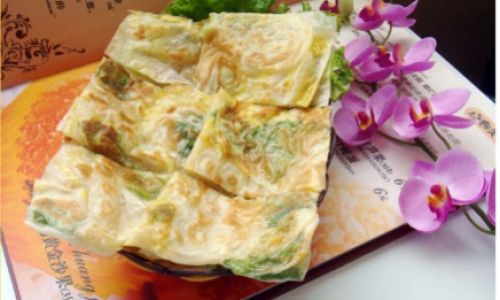

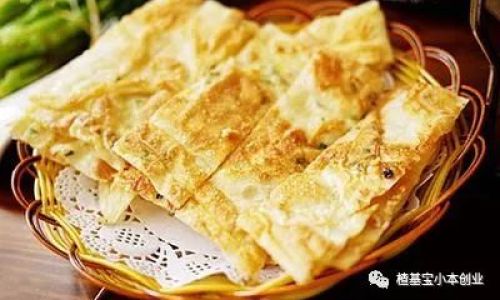
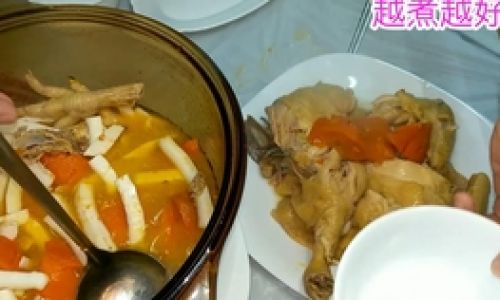
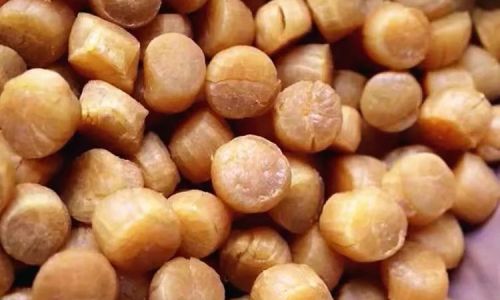
0 comments